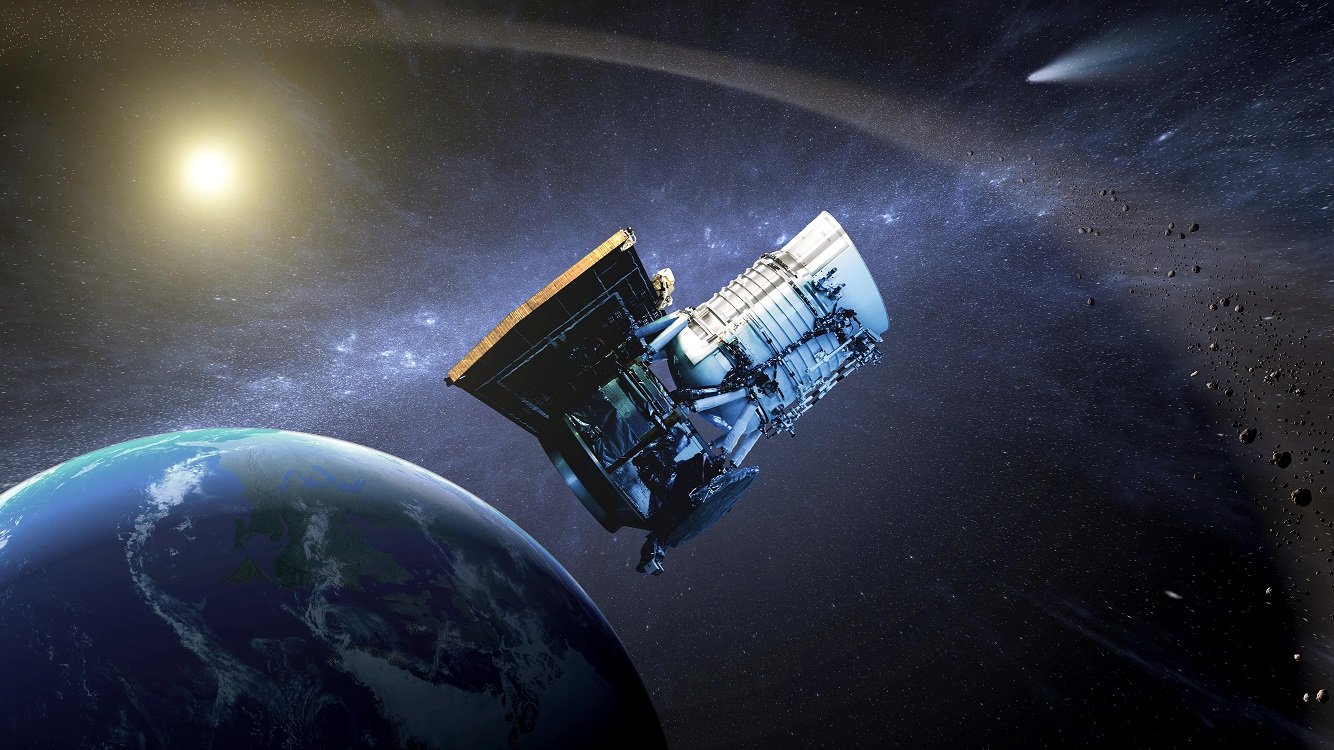In this paper, we develop and illustrate a framework for determining the potential value of global catastrophic risk (GCR) research in reducing uncertainties in the assessment of GCR risk levels and the effectiveness of risk-reduction options. The framework uses the decision-analysis concept of the expected value of perfect information (EVPI) in terms of the cost-effectiveness of GCR reduction. We illustrate these concepts using available information on impact risks from two types of near earth objects (asteroids or extinct comets) as well as nuclear war, and consideration of two risk reduction measures. We also discuss key challenges in extending the calculations to all GCRs and risk-reduction options, as part of an agenda for comprehensive, integrated GCR research. While real-world research would not result in perfect information, even imperfect information could have significant value in informing GCR reduction decisions. Unlike most value of information approaches, our equation for calculating value of information is based on risk reduction cost effectiveness, to avoid implicitly equating lives and dollars e.g. using a value of statistical life (VSL), which may be inappropriate given the scale of GCRs. Our equation for value of information may be useful in other domains where VSLs would not be appropriate.
Academic citation:
Anthony M. Barrett, 2017. Value of GCR information: Cost effectiveness-based approach for global catastrophic risk (GCR) reduction. Decision Analysis, vol. 14, no. 3 (September), pages 187-203, DOI 10.1287/deca.2017.0350.
Download Preprint PDF • View in Decision Analysis
Image credit: NASA Jet Propulsion Laboratory
This blog post was published on 28 July 2020 as part of a website overhaul and backdated to reflect the time of the publication of the work referenced here




